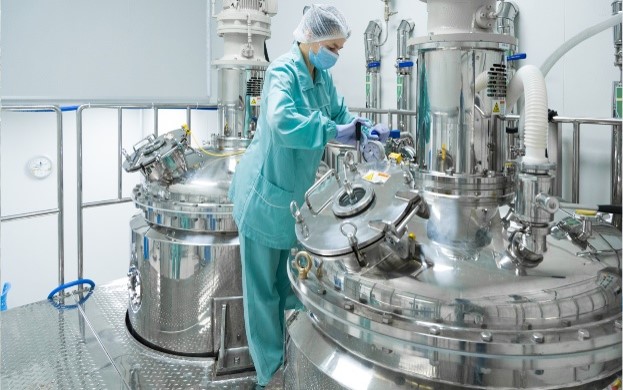Feed and Bleed with NPS 3000
More and more board shops are interested in running the tin stripper on a feed and bleed system. This method gives more consistent performance and reduces the downtime for dumping and changing the solution. The system can be controlled either by specific gravity or panel count as illustrated in the charts below.
For our research, we started with NPS 3000 at 85% concentration in spray. This was replenished with 100%.
NPS 3000 at a rate of 41 milliliters for every square foot of tin stripped (actual tin surface area.) To keep the volume constant, an equal amount of solution was bled out after each replenishment.
As illustrated, both the specific gravity and panel count methods indicate that NPS 3000, in a feed and bleed system, maintains consistent performance and reduces the need for adjustments by the operator.



